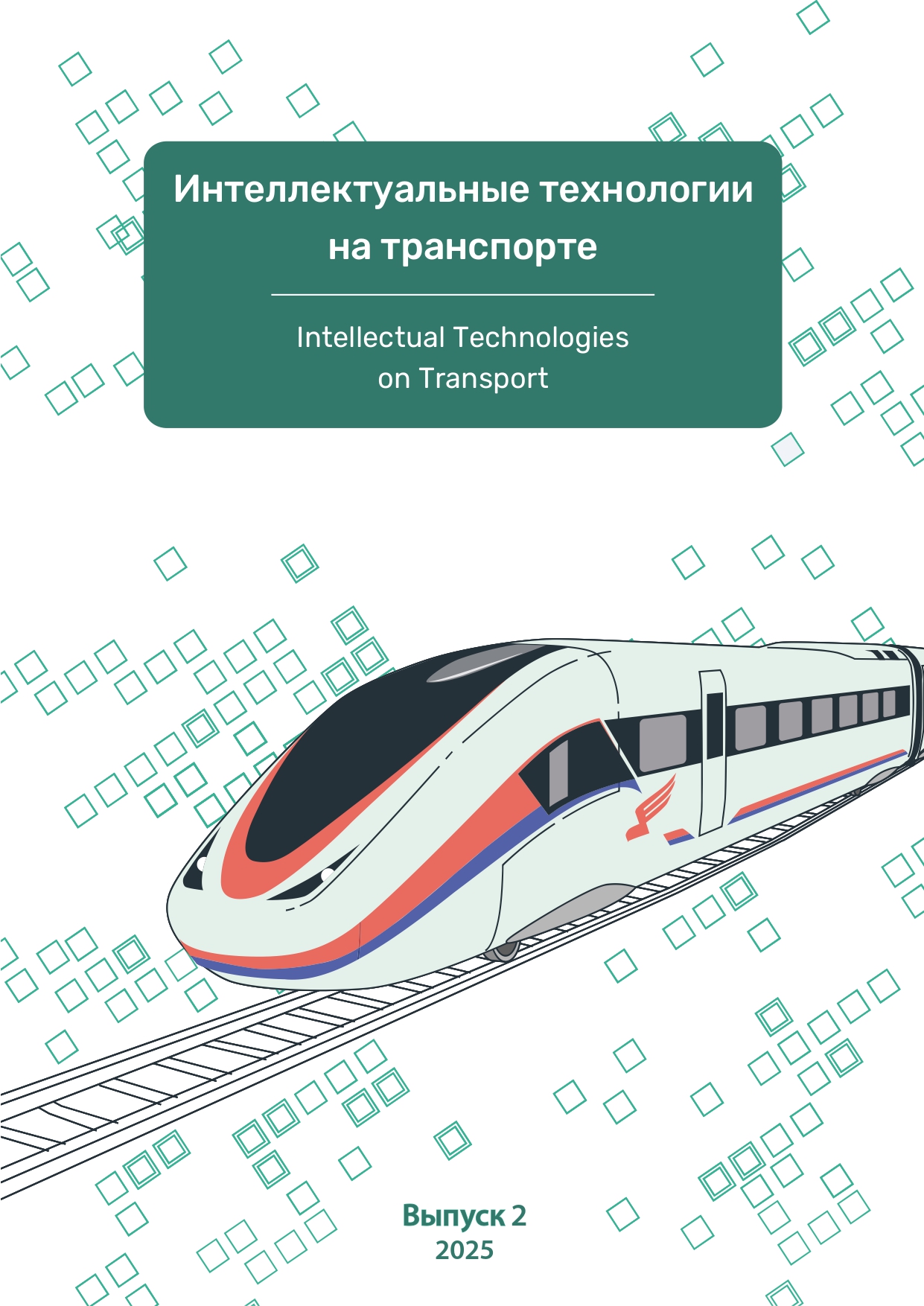student
St. Petersburg, Russian Federation
student
Pushkin, St. Petersburg, Russian Federation
Russian Federation
UDC 004.4
This paper explores the impact of digital transformation on the media industry, focusing on the use of artificial intelligence technologies. The authors examine changes in approaches to content creation, processing, and personalization, including automated moderation, enhancement of visual content quality, generation of new media formats, and protection against falsifications. Purpose: to analyze how the implementation of AI technologies transforms the processes of content creation, processing, and personalization. Results: AI technology contributes to the automation of moderation, improves the quality of visual materials, facilitates the generation of new media formats, and enhances content protection against falsification. Practical significance: the potential of AI technologies lies in enhancing the efficiency and quality of media production, as well as in outlining directions for their integration into various stages of the media cycle.
digital journalism, digitalization, machine learning, convolutional neural networks, generative adversarial networks
1. Chervonyashchy V. V. Tsifrovaya transformatsiya zhurnalistiki: rol kreativa i didzhital-tekhnologiy [Digital Transformation of Journalism: The Role of Creativity and Digital Technologies], Prakticheskiy marketing [Practical Marketing], 2023, No. 5 (311), Pp. 40–48. DOI:https://doi.org/10.24412/2071-3762-2023-5311-40-48. (In Russian) EDN: https://elibrary.ru/JZMMSZ
2. Polovneva M. V. Analiz razvitiya i primeneniya tekhnologii chat-bot [Analysis of Development and Application of Chat-Bot Technology], Teoriya i praktika sovremennoy nauki, 2018, No. 6 (36), Pp. 917–920. (In Russian) EDN: https://elibrary.ru/YAVOVF
3. Morozova A. A., Arsentieva A. D. Problemy i perspektivy ispolzovaniya iskusstvennogo intellekta v sfere massmedia: mnenie rossiyskoy auditorii [Problems and Prospects of the Use of Artificial Intelligence in the Sphere of Mass Media: Opinion of the Russian Audience], Znak: problemnoe pole mediaobrazovaniya, 2022, No. 2 (44), Pp. 150–158. DOI:https://doi.org/10.47475/2070-0695-2022-10219. (In Russian) EDN: https://elibrary.ru/EGSXDD
4. Chto takoe obuchenie s uchitelem v mashinnom obuchenii [What is Supervised Learning in Machine Learning], Skypro Wiki. Available at: http://sky.pro/wiki/python/chto-takoe-obuchenie-s-uchitelem-v-mashinnom-obuchenii (accessed: December 18, 2024). (In Russian)
5. Marshalko D. A., Kubanskih O. V. Arkhitektura svertochnykh neyronnykh setey [Convolutional Neural Network Architecture], Uchenye zapiski Bryanskogo gosudarstvennogo universiteta [Scentific Notes of the Bryansk State University], 2019, No. 4 (16), Pp. 10–13. (In Russian) EDN: https://elibrary.ru/HOCSSF
6. Sayfutdinov A. V. Svertochnye neyronnye seti dlya resheniya zadach kompyuternogo zreniya [Convolutional Neural Networks for Solving Computer Vision Problems], Universum: Tekhnicheskie Nauki, 2023, No. 10 (115), Part 1, Pp. 42–44. DOI:https://doi.org/10.32743/UniTech.2023.115.10.16127. (In Russian) EDN: https://elibrary.ru/ULTPYB
7. Chto takoe obuchenie bez uchitelya v mashinnom obuchenii [What is unsupervised learning in machine learning], Skypro Wiki. Available at: http://sky.pro/wiki/python/chto-takoe-obuchenie-bez-uchitelya-v-mashinnom-obuchenii (accessed: December 20, 2024). (In Russian)
8. Levin A. O., Belov Yu. S. Ispolzovanie generativno-sostyazatelnykh setey dlya generatsii izobrazheniy po tekstu [Application of Generative-Adversarial Networks to Text to Image Generation], Nauchnoe obozrenie. Tekhnicheskie nauki [Scientific Review. Technical Science], 2023, No. 2, Pp. 11–15. DOI:https://doi.org/10.17513/srts.1427. (In Russian) EDN: https://elibrary.ru/FJZRPS
9. Averchenkov A. V., Androsov A. A., Malakhov Y. A. Analiz i primenenie generativno-sostyazatelnykh setey dlya polucheniya izobrazheniy vysokogo kachestva [Analysis and Application of Generative-Adeversarial Networks for Producing High Quality Images], Ergodizayn [Ergodesign], 2020, No. 4 (10), Pp. 167–176. DOI:https://doi.org/10.30987/2658-4026-2020-4-167-176. (In Russian) EDN: https://elibrary.ru/KBNVDN
10. Ilyinskaya E. V., Golysheva E. N., Medvedev A. A., Masalitin N. S. Primenenie generativno-sostyazatelnykh neyrosetey dlya generatsii izobrazheniy [The Use of Generative-Adversarial Neural Networks for Image Generation], Nauchnyy rezultat. Informatsionnye tekhnologii [Research Result. Information Technologies], 2024, Vol. 9, No. 1, Pp. 73–78. DOI:https://doi.org/10.18413/2518-1092-2024-9-1-0-8. (In Russian) EDN: https://elibrary.ru/CPJJAA










